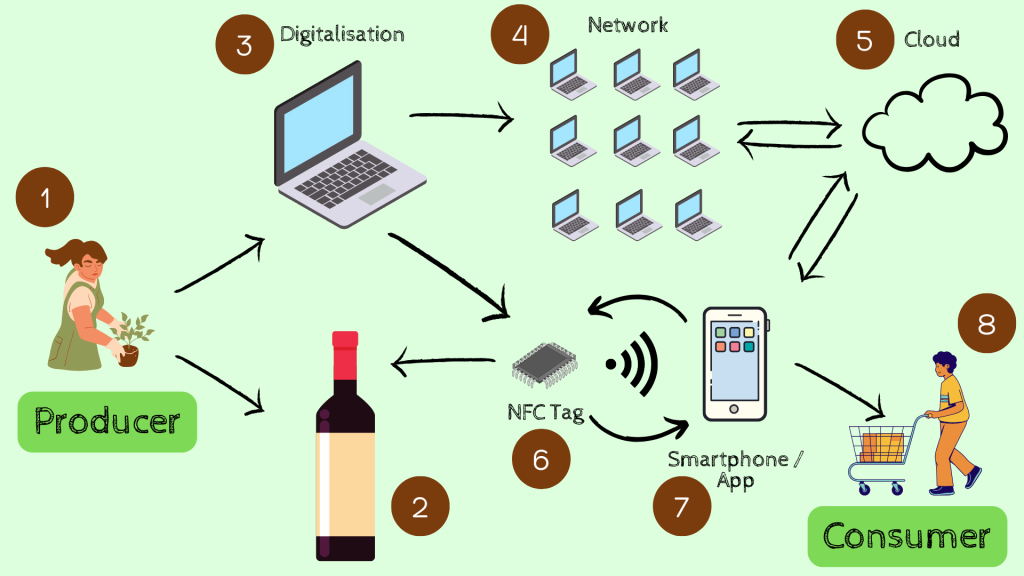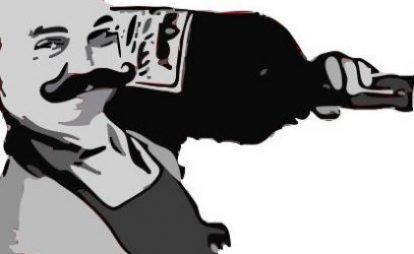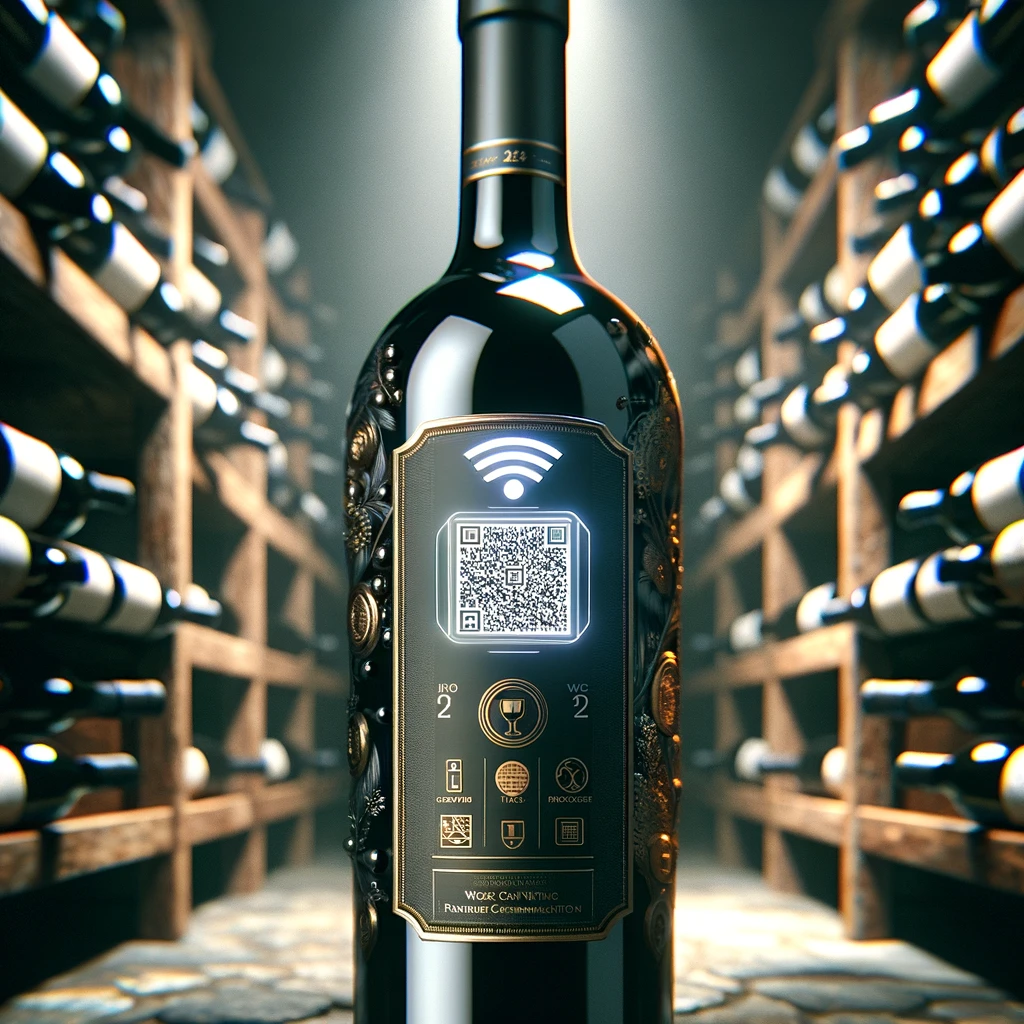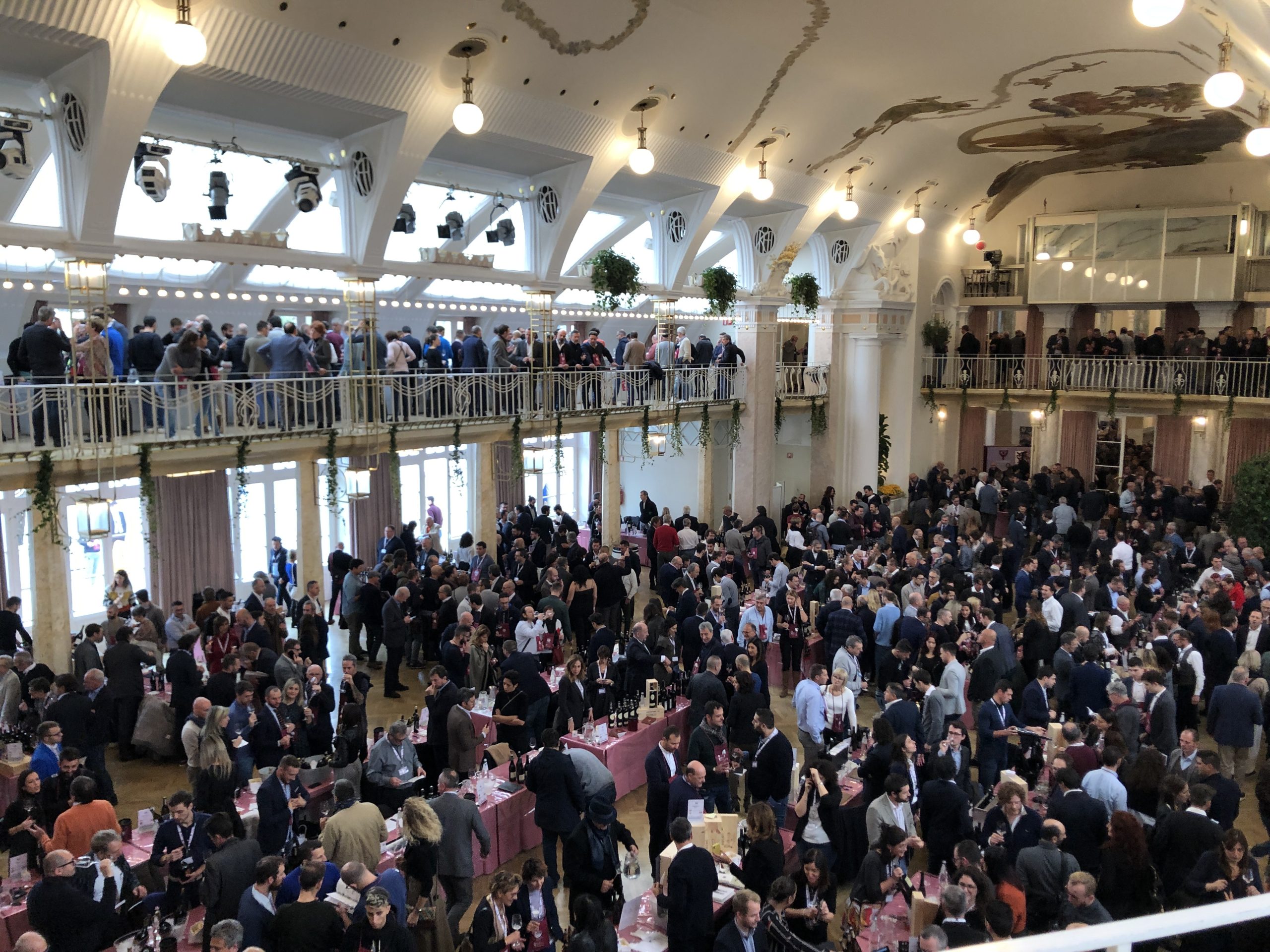The fine wine market is a billion-dollar business but so is wine fraud and counterfeiting and it is far from limited to cult wines. In the illustrious setting of the OIV’s World Congress of Vine and Wine 2023 held in Cadiz-Jerez, Spain, I had the opportunity to present an article I had worked on as part of my PhD studies titled ‘Verified Vintages: Leveraging Blockchain To Stop Wine Fraud’, spotlighting the intersection of technology and tradition in the vineyard. Our study delves into the innovative use of blockchain technology to combat the age-old issue of wine fraud, offering a beacon of hope for producers and connoisseurs alike. Following the presentation in Jerez, the article has been published and can be found here, but if you are rather looking for concise summary that aims to maintain the essence of our research, just read on !
Introduction to Wine Fraud
The fine wine market is a billion-dollar business in the triple digits. No wonder it attracts all sorts of criminals. Numbers vary depending on who you ask, but Europol estimates that the economic loss for the wine and spirits industry in the EU alone amounts to 1.3 billion Euros.
The saga of wine fraud, with its historical roots entangled in acts of adulteration and counterfeit, paints a complex picture of deceit spanning centuries. Modern iterations of this deceit involve sophisticated forgeries of high-value wines, causing significant economic losses and damaging the reputation of genuine producers. The dilemma is further compounded by consumers’ growing demands for transparency regarding the origin, safety, and production processes of their wines—a trend that clashes with the opaque nature of fraudulent practices.
Blockchain: A Beacon of Hope
Amidst this backdrop, Blockchain Technology (BCT) emerges as a heralded solution, promising to usher in an era of enhanced trust, security, transparency, and traceability. By applying BCT to the wine supply chain, stakeholders envision a fortified barrier against the onslaught of wine fraud, ensuring the authenticity of each bottle from vineyard to table. To analyse the impact of BCT for this purpose, our investigation adopted a multiple exploratory case study approach, analyzing the integration of fungible and non-fungible tokens (NFTs) within the wine sector. This exploration is underpinned by an extensive review of BCT’s application in combating fraud and counterfeiting across various industries, highlighting both the potential benefits and inherent challenges of these technologies.
Application in the Wine Sector
In delving into the practical applications of BCT, my colleagues and I managed to identify three distinct models that encapsulate the technology’s versatility. Each model offers a unique approach to capturing and securing data throughout the wine production and distribution process, utilizing both fungible and non-fungible tokens to ensure the integrity and authenticity of wine products.
Our analysis reveals the nuanced benefits and limitations of each model, emphasizing the importance of direct linkage between the physical product and its digital representation for effective fraud prevention. Despite the promise shown by these models, the deployment of BCT in the wine sector is met with challenges, including technological limitations, regulatory hurdles, and the high costs associated with blockchain implementation.

For instance, the picture above shows the process of using either fungible or non-fungible tokens in combination with Near-Field Communication (NFC) technology. This allows for storage of information directly on a chip on the bottle, which can be verified using a card reader such as a smartphone to access data that is stored on a blockchain.
Real-world Examples
Illustrating the potential of BCT, we examine case studies such as the Enseal/Entrust system, the ChaiVault and the VinID project. These initiatives highlight the practicalities of blockchain in securing wine provenance and authenticity, offering glimpses into the technology’s ability to protect and enhance the wine industry’s reputation.
On the basis of these real-world examples, we examine the applied processes, interoperation with other technologies such as NFC, IoT and cloud solutions to determine the impact and feasibility of such solutions.
While our research underscores the transformative potential of BCT in combating wine fraud, it also acknowledges the barriers to widespread adoption. These include the need for infallible data entry, the technological and regulatory complexities involved, and the significant investment required for implementation. Especially the elevated cost means that the application for supermarket wines, which account for the vast majority of wine sold and bought, is economically not yet viable.
However, despite these challenges, the benefits of blockchain—particularly in terms of authenticity verification and consumer engagement—present compelling reasons for its continued exploration in the wine sector.
Conclusion and Future Directions
The intersection of blockchain technology and wine authenticity represents a promising frontier in the ongoing battle against fraud. As the industry navigates the challenges of adoption and integration, the potential for BCT to revolutionize wine authentication and consumer trust remains substantial.
Future research and development will be crucial in realizing this potential, guiding the wine industry towards a more transparent, secure, and trustworthy future. We sought to examine the status quo to highlight strengths and weaknesses of BCT. Just as the implementation of the technology itself, this is far from the end point of our journey with more coming soon on this exciting subject. For now you can find more information on the topic in the full research paper, which you can find here.




